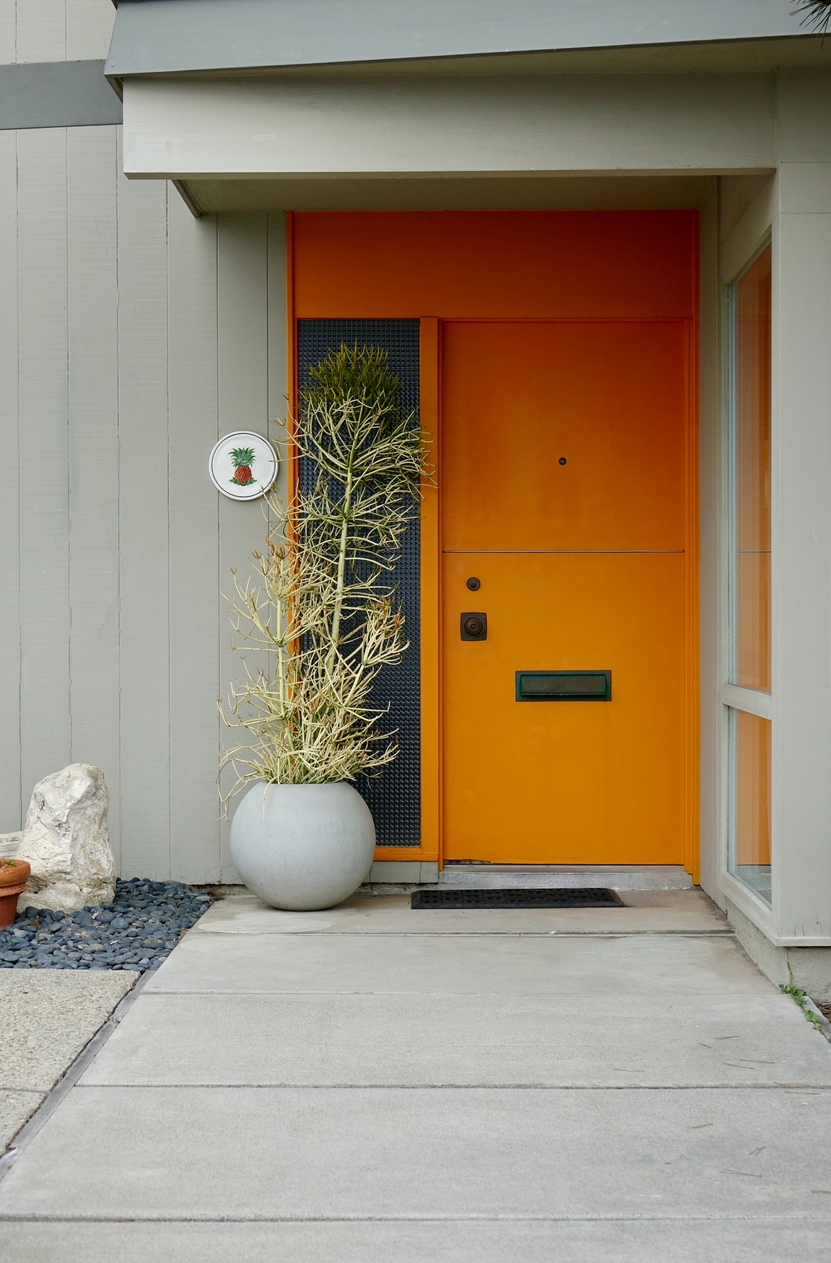Feature article
Creative ways to modernise your mid century house
Consider these small changes to bring your modernist home into the future.
Last updated: 19 March 2024
Mid-last century there was a huge shift in how houses were designed and lived in; the central corridor with its intersecting rooms, and kitchens squeezed into lean-tos out the back were forever banished, and replaced with minimalist structures featuring expanses of glass, open-plan living, and raw, exposed materials.
Many mid century homes were so well designed and constructed they still have an enduring appeal today. However, not all mid century design features stand the test of time. Here are some creative ways to modernise your mid century home.
Cover image: This pool house, designed by Johnston Architects and Bespoke Interior Design was added to a mid century home in Remuera, its design taking cues from the original material palette. Image: Paul Brandon
Bring your mid century house plan into the present
How we live has changed and mid century homes often lack the large living spaces, ensuites and technology we expect today. Despite their improved indoor-outdoor flow and connection with the landscape, mid century houses’ floor plans are often still in need of improvement to bring them in line with modern home layouts.
When considering making changes to the floorplan, tread carefully. The beauty of mid century home design lies in well-considered proportions, raw materiality and connection with the landscape. Consider keeping existing open-plan living spaces as-is and adding a distinct new addition to increase living space.
Master suites are a contemporary idea; in mid-century homes, the master bedroom is often barely bigger than the others. Consider giving up an existing bedroom to use as an ensuite/walk-in wardrobe, giving the master bedroom entirely over to the bed.
Another important aspect of mid century design was incorporating the latest technology, and when modernising it’s no different. Ensure you integrate smart technology into your home to bring it into the 21st century.
Mid century modern: The beauty of original materials
In a departure from the fussier aesthetics of the Victorian and Art Deco eras, mid century house design revealed the structure of the architecture, commonly exposing beams, posts and timber panelling.
When modernising a mid century home, it’s important to consider materials carefully. Honour the original design by keeping existing design features in place, such as brick chimneys and timber wall panelling. When integrating new additions or renovations, consider drawing inspiration from these materials in the new parts of the home. Balance the older materials with contemporary kitchen cabinetry, white plasterboard walls, and contemporary lighting.
Update mid century modern homes with colour
The mid century colour palette was a striking one, with what we now call ‘colour-blocking’ used sparingly on both exteriors and interiors. Primary colours and simple secondary colours were popular and can be used to great effect when modernising mid century homes. Think bold red doors, bright yellow cabinetry, or strong green feature walls.
Furniture, lighting and accessories are another way to contemporise mid century houses. Look to classic mid century furniture designs such as Togo sofas, Eames chairs, Noguchi coffee tables and George Nelson pendant lights to instantly elevate a space, while retaining the mid century flavour.
Author
Other articles you might like


